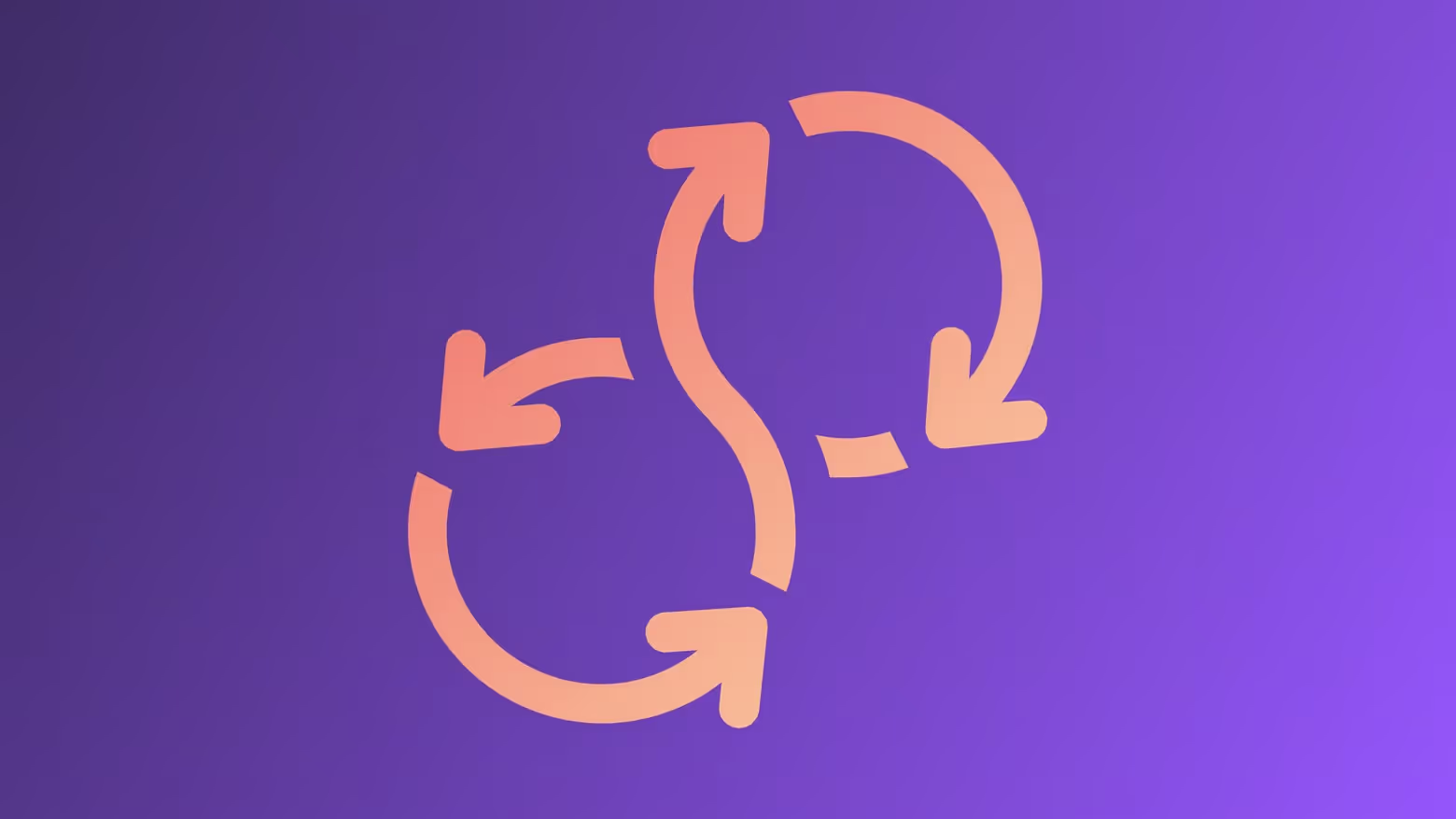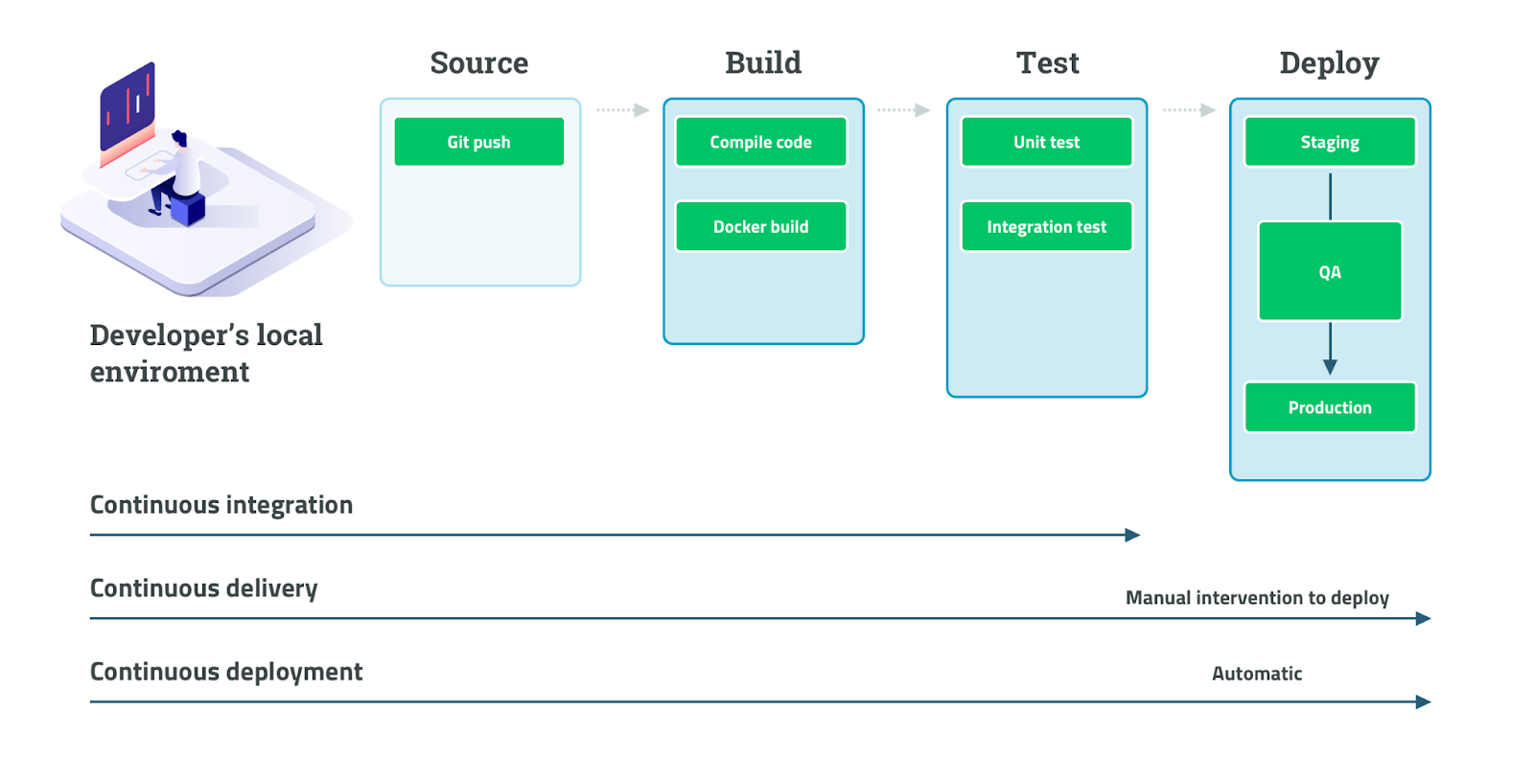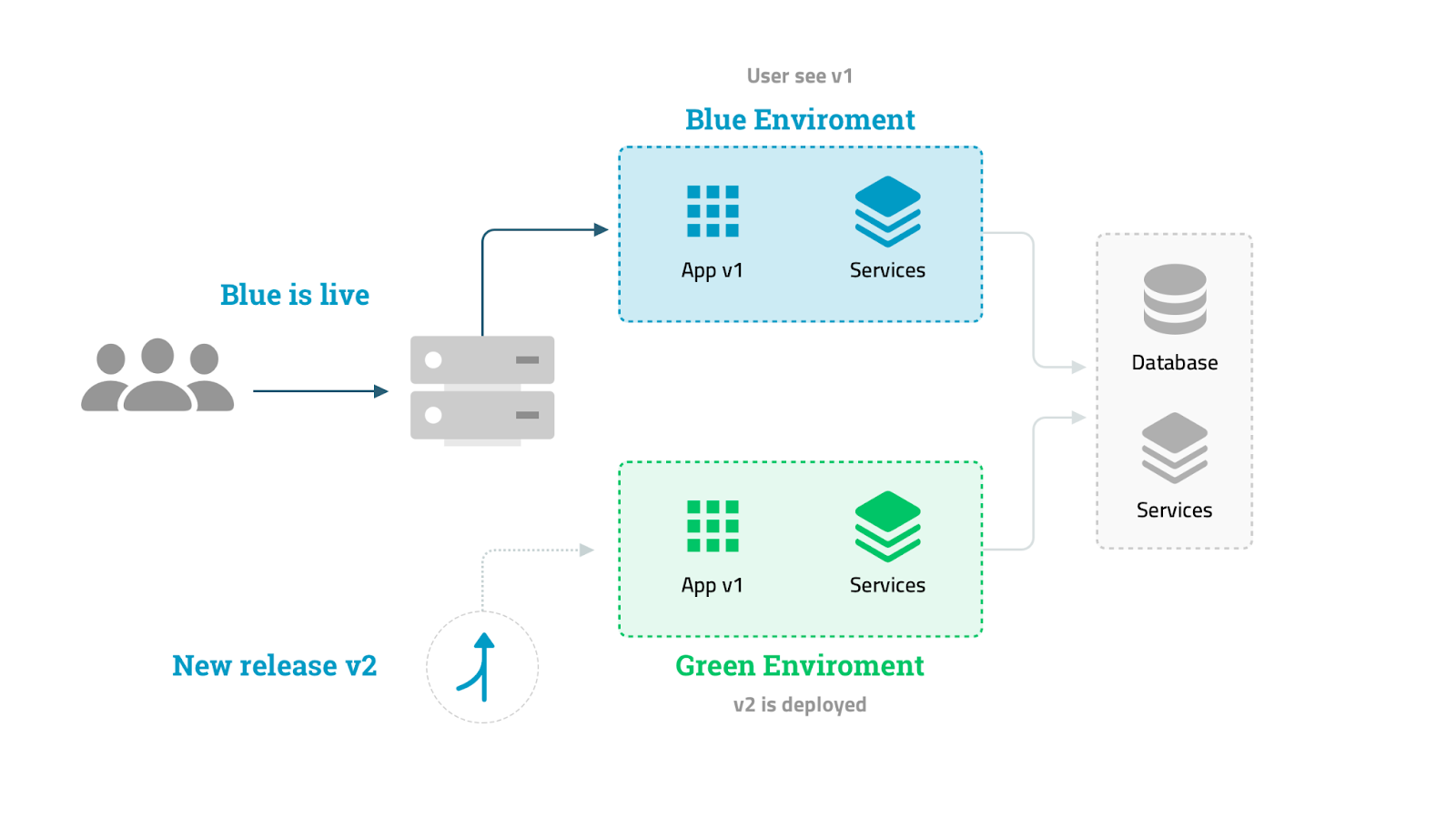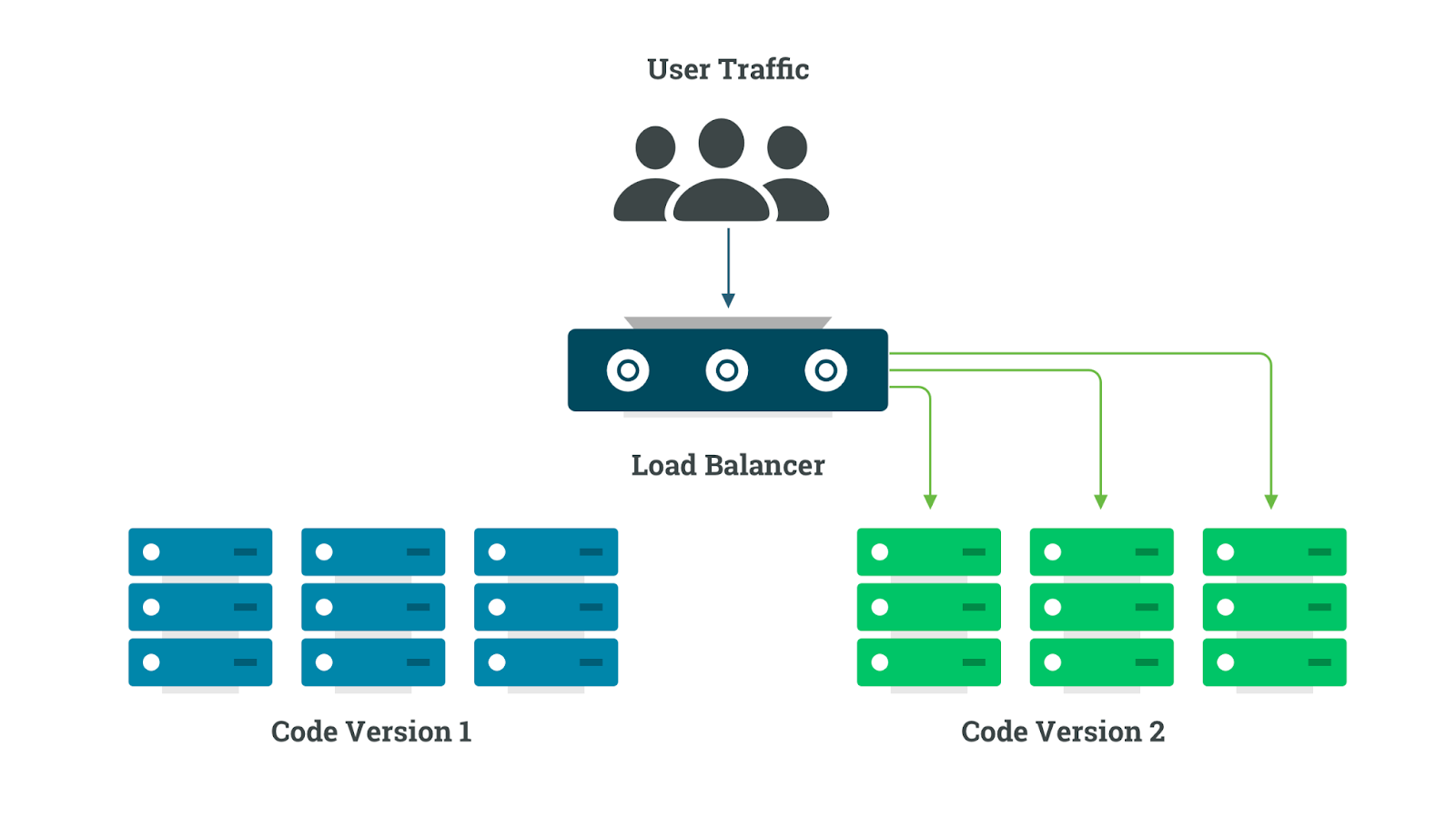
Getting Started With CI/CD Pipelines in the Cloud

In today's fast-paced development environment, it's crucial to have a reliable and efficient way to build, test, and deploy code. This is where CI/CD pipelines come in. CI/CD, or continuous integration/continuous delivery, is a set of practices that allow developers to build, test, and deploy code changes automatically. By implementing CI/CD pipelines, you can accelerate the development process and reduce the risk of errors in production.
Whether you're new to cloud computing or looking to improve your existing workflow, CI/CD will provide valuable insights and guidance. And if you're finding ways for Getting Started With CI/CD Pipelines in the Cloud, don't worry. In this article, you'll discover how you can set up CI/CD pipeline in the cloud for your business or project. Let's get started!
What Is Cloud Computing?
Cloud computing is a model of computing that delivers resources, such as servers, storage, and applications, over the internet on a pay-as-you-go basis. Instead of purchasing and maintaining physical hardware, businesses can access these resources on-demand from a cloud provider, allowing them to scale up or down as needed.
There are several benefits to using cloud computing. One of the main benefits is cost savings. By using cloud computing, businesses only pay for the resources they use and can avoid the upfront costs of purchasing and maintaining hardware. In addition, cloud computing can increase efficiency by allowing businesses to access resources on-demand rather than waiting for hardware to be set up and configured.
Cloud computing also offers increased agility, allowing businesses to quickly scale up or down as needed. This is particularly useful for companies that experience fluctuating demand.
There are three main types of cloud computing:
- Public: Public cloud services are owned and operated by third-party cloud providers, who deliver resources over the internet.
- Private: Private cloud services are owned and operated by the business for the exclusive use of that business.
- Hybrid: Hybrid cloud combines public and private cloud services, allowing businesses to choose the most suitable option for their needs.
What Is a CI/CD Pipeline?
CI/CD is a collection of procedures enabling developers to create, test, and release code changes automatically. The purpose of CI/CD is to speed up and increase the dependability of software development and delivery by making it more straightforward for developers to combine code changes and functional departments to deploy those changes.
A CI/CD pipeline is a tool that automates the various steps involved in building, testing, and deploying code. A code commits or pushes typically triggers a CI/CD pipeline. At this point, the pipeline automatically builds the code, runs tests, and, if the tests pass, deploys the code to a staging or production environment.
Many tools and platforms are available for building CI/CD pipelines, including Jenkins, CircleCI, and Azure DevOps. In addition, many cloud providers, such as AWS and GCP, offer native CI/CD capabilities.
Overall, CI/CD pipelines are valuable for improving software development and delivery efficiency, speed, and reliability. By automating the build, test, and deployment process, teams can focus on writing and delivering high-quality code.
Why Do You Need a CI/CD Pipeline in the Cloud?
Some of the reasons why you need a CI/CD pipeline in the cloud are:
- Fast Delivery: If someone still has doubts regarding CI/CD, they could consider the case of Goldman Sachs, a multinational financial services firm: The Technology Department has increased the number of code builds it does daily from one to over a thousand. When it comes to improving the frequency of software updates, a unified continuous integration and continuous delivery pipeline is like a turbocharger. More code can be written and distributed indefinitely if older code is made available more quickly.
- Isolates the Fault: Before the widespread use of Cloud and CI/CD, software development teams would be aware of a problem with the code but unable to pinpoint its location. The ability to quickly identify and fix the source of any code issues has a profound impact on developers' output.
- Provides Accountability: A CI/CD pipeline offers complete visibility into the software development process from the business side by allowing for continuous input. Managers of products may easily monitor progress and assign responsibility to team members.
- Continuous Feedback on Metric Data: A CI/CD pipeline helps bring that perfect idea into reality by providing constant feedback on various KPIs. However, having access to metrics data is more than time-saving since no company wants to be associated with buggy code and underperforming apps.
How to Get Started with CI/CD Pipelines in the Cloud
Now that you know what a CI/CD pipeline is and why you need it, you must wonder how to set it up in your cloud computing business or project. That's what you'll find in this section. To set up a CI/CD pipeline in the cloud or any business, go through the following phases:

Development/Source Phase
Code is written and uploaded to a shared repository using a version control system like Git. One of the most challenging tasks is ensuring no mistakes in code integration, as various problems might occur if integrations aren't performed often.
Methods for dealing with this include regular code merges and verifications. The pipeline is triggered when the repository changes, such as a code commit, and the pipeline fetches the source and kicks off the construction process.
Build Phase
The code is compiled, dependencies are resolved, artifacts are created, and the results are saved in a repository such as Jfrog. War files, for instance, are deployed on tomcat and Weblogic, so the software solutions are ready to go.
This phase of the CI/CD pipeline creates the containers used to deploy cloud-native software, regardless of the language used to develop it. If a project cannot complete the build phase, it likely has some setup issue that needs fixing quickly.
During this time, pre-baked images are prepared for deployment, containers are produced to run on different pods, and environments are established using infrastructure as code. Once everything is set up, testing may begin in earnest.
Test Phase
At this phase, we put the code through its paces using automated tests to ensure it works as intended and that our product behaves as expected. To ensure that only non-reproducible issues get into consumers, the testing phase serves as a safety net. Moreover, the burden of creating test cases rests squarely on the shoulders of the programmers. Automated tests are written simultaneously while creating new code in the test- or behavior-driven development.
This step may take anything from a few seconds to many hours, depending on the scope and complexity of the project at hand. Smoke tests, which are rapid sanity checks, are the first level of testing in many large-scale projects, with end-to-end integration tests, which test the complete system from the user's perspective, being the last. Reduced execution time is one of the primary benefits of parallelizing an extensive test suite.
When tests fail, it reveals issues in the code that the developers didn't know about. At this point, it's crucial to provide rapid feedback to developers so they may continue working in a flow state while the issue area is still fresh in their thoughts.
Deploy Phase
As part of the software development life cycle (SDLC), deployment ensures that updates to production-ready code are rolled out with little disruption to users and no need for human intervention. Some of the deployment strategies for CI/CD pipelines are:
Blue-Green Deployment
The blue (or staging) environment and the green (or production) environment are both carbon copies of one other and are used in the blue-green deployment approach. The blue setting is where we do quality assurance testing and user acceptability testing whenever we release a new version or make a significant change. The implementation of a blue-green strategy is quick, easy, and essential. In the event of a problem, traffic may be rolled back to the previous environment rapidly. So, as compared to other strategies, this one is relatively safe.

Canary Deployment
The canary deployment method involves rolling out a product or service to consumers in small batches. More minor updates are made in increments to all the infrastructure. Businesses can use canary deployments to test new service iterations in front of a small group of actual customers. Compared to the prior technique, this one is more cost-effective due to eliminating the need for two separate production settings. Applying a rollback to an earlier version of a program is quick and secure.

A/B Testing
Using the A/B Testing approach, your team will simultaneously experiment with many versions of the same service in the same environment. Toggleable flags for individual features, A/B testing software, and multiple deployments of the same service all play a role in controlling experiments.

Conclusion
CI/CD pipeline, as the name suggests, is necessary for companies working on clouds to integrate the smaller sections of code into larger ones. It helps in isolating the faulty code from the non-faulty one. After reading this article, we hope you've found a way of Getting Started With CI/CD Pipelines in the Cloud. So, implement CI/CD pipeline for your cloud business for seamless integration and continuous delivery!
Looking to get started with CI/CD pipelines? Try mogenius.
mogenius is a virtual DevOps platform that makes running and scaling cloud-native applications simple and efficient.
The platform helps engineering teams manage their development operations with automated cloud infrastructure and an optimized developer experience.
Quickly set up environments for development teams that do not require expert knowledge of cloud infrastructures. Save time and money in the deployment and operation of your microservice architecture.
mogenius enables engineering teams to:
- Implement a scalable infrastructure with zero effort, including leveraging hyper-scalers Kubernetes, CI/CD workflows, and enterprise-grade security
- Boost productivity by reducing the resource drain of managing infrastructure, pipelines, and deployments with automated workflows and a great developer experience.
- Reduce costs by automating up to 80% of DevOps tasks, minimizing time and resources spent on infrastructure tasks
mogenius is cloud agnostic, supporting standard technologies such as Azure, AWS, Open Telekom Cloud, Kubernetes, Docker, GitHub, Gitlab, and many more.
Talk to one of our experts to discover how mogenius can support your team in spending less time setting up and maintaining your infrastructure without the need for DevOps engineers.
FAQ
Interesting Reads
The latest on DevOps and Platform
Engineering trends
Subscribe to our newsletter and stay on top of the latest developments


